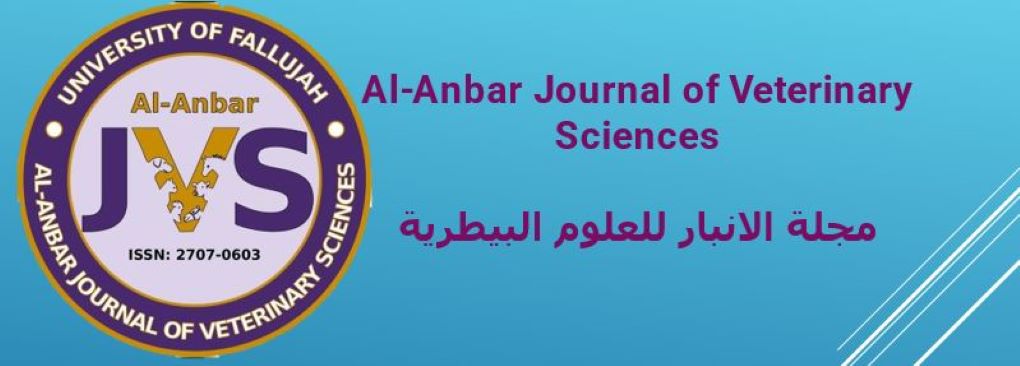
| Review Article Online Published: 30 May 2024 | ||||||||||||||||||||||||||||||
AJVS. 2024; 17(1): 1-10 The Zoonotic Aspect of Toxoplasma Gondii in Human and Animals: A Review Suha tarik Al-Biatee.
| ||||||||||||||||||||||||||||||
| How to Cite this Article |
| Pubmed Style Suha tarik Al-Biatee. The Zoonotic Aspect of Toxoplasma Gondii in Human and Animals: A Review. AJVS. 2024; 17(1): 1-10. doi:10.37940/AJVS.2024.17.1.1 Web Style Suha tarik Al-Biatee. The Zoonotic Aspect of Toxoplasma Gondii in Human and Animals: A Review. https://www.anbarjvs.edu.iq/?mno=166936 [Access: December 13, 2024]. doi:10.37940/AJVS.2024.17.1.1 AMA (American Medical Association) Style Suha tarik Al-Biatee. The Zoonotic Aspect of Toxoplasma Gondii in Human and Animals: A Review. AJVS. 2024; 17(1): 1-10. doi:10.37940/AJVS.2024.17.1.1 Vancouver/ICMJE Style Suha tarik Al-Biatee. The Zoonotic Aspect of Toxoplasma Gondii in Human and Animals: A Review. AJVS. (2024), [cited December 13, 2024]; 17(1): 1-10. doi:10.37940/AJVS.2024.17.1.1 Harvard Style Suha tarik Al-Biatee (2024) The Zoonotic Aspect of Toxoplasma Gondii in Human and Animals: A Review. AJVS, 17 (1), 1-10. doi:10.37940/AJVS.2024.17.1.1 Turabian Style Suha tarik Al-Biatee. 2024. The Zoonotic Aspect of Toxoplasma Gondii in Human and Animals: A Review. Al-Anbar Journal of Veterinary Sciences, 17 (1), 1-10. doi:10.37940/AJVS.2024.17.1.1 Chicago Style Suha tarik Al-Biatee. "The Zoonotic Aspect of Toxoplasma Gondii in Human and Animals: A Review." Al-Anbar Journal of Veterinary Sciences 17 (2024), 1-10. doi:10.37940/AJVS.2024.17.1.1 MLA (The Modern Language Association) Style Suha tarik Al-Biatee. "The Zoonotic Aspect of Toxoplasma Gondii in Human and Animals: A Review." Al-Anbar Journal of Veterinary Sciences 17.1 (2024), 1-10. Print. doi:10.37940/AJVS.2024.17.1.1 APA (American Psychological Association) Style Suha tarik Al-Biatee (2024) The Zoonotic Aspect of Toxoplasma Gondii in Human and Animals: A Review. Al-Anbar Journal of Veterinary Sciences, 17 (1), 1-10. doi:10.37940/AJVS.2024.17.1.1 |








